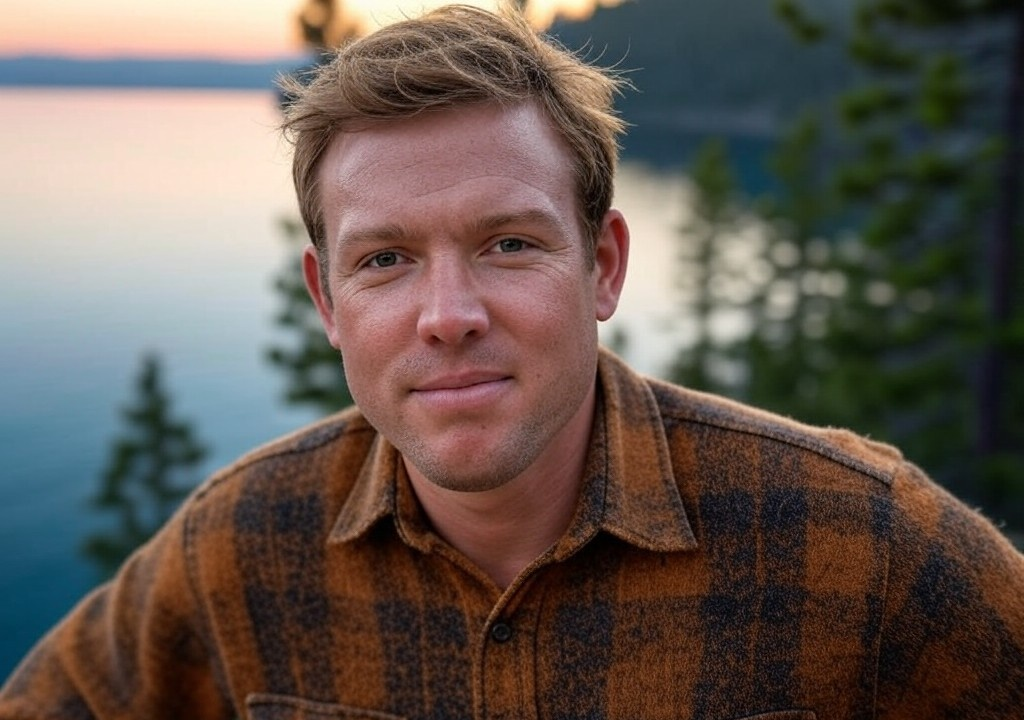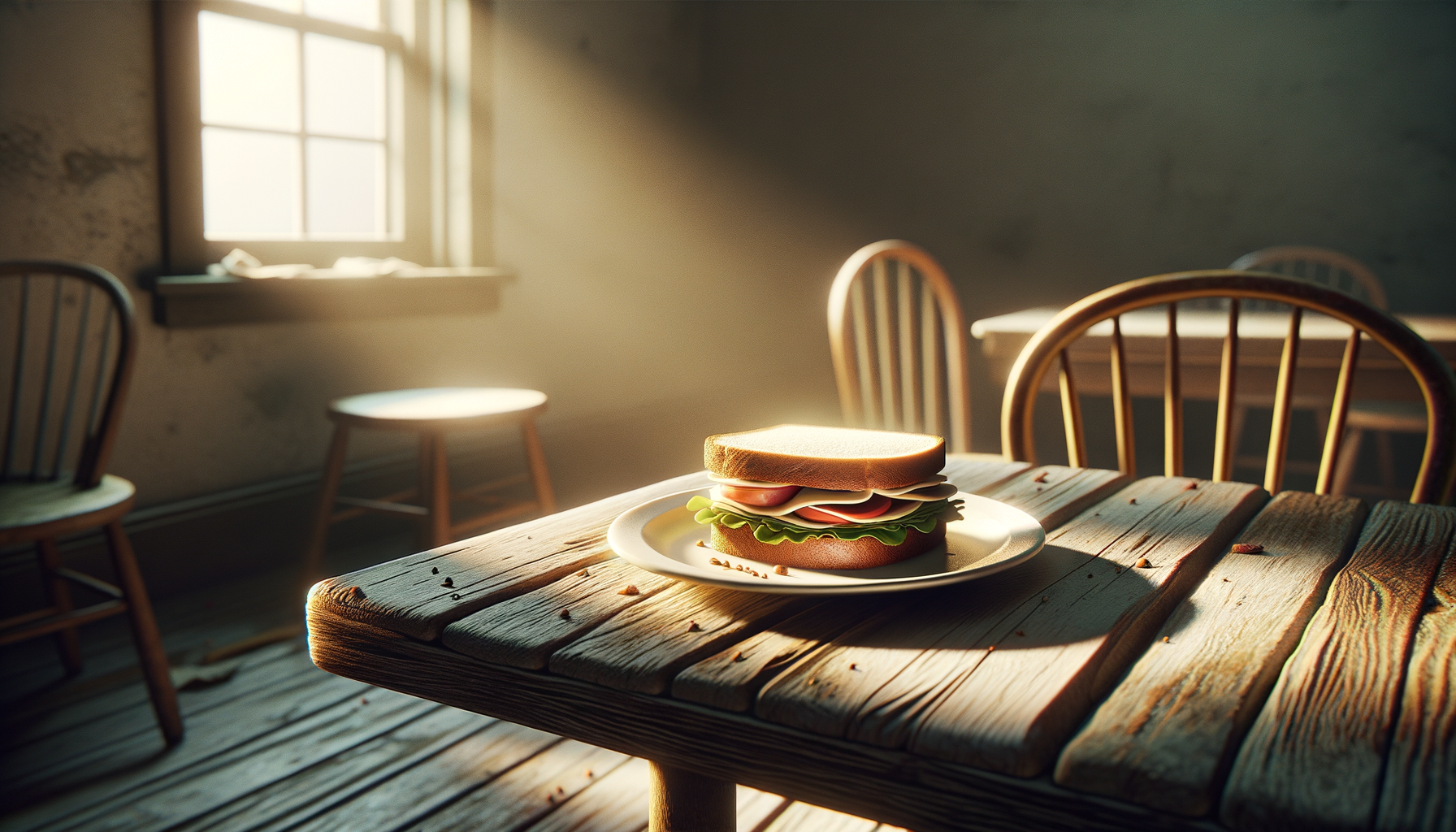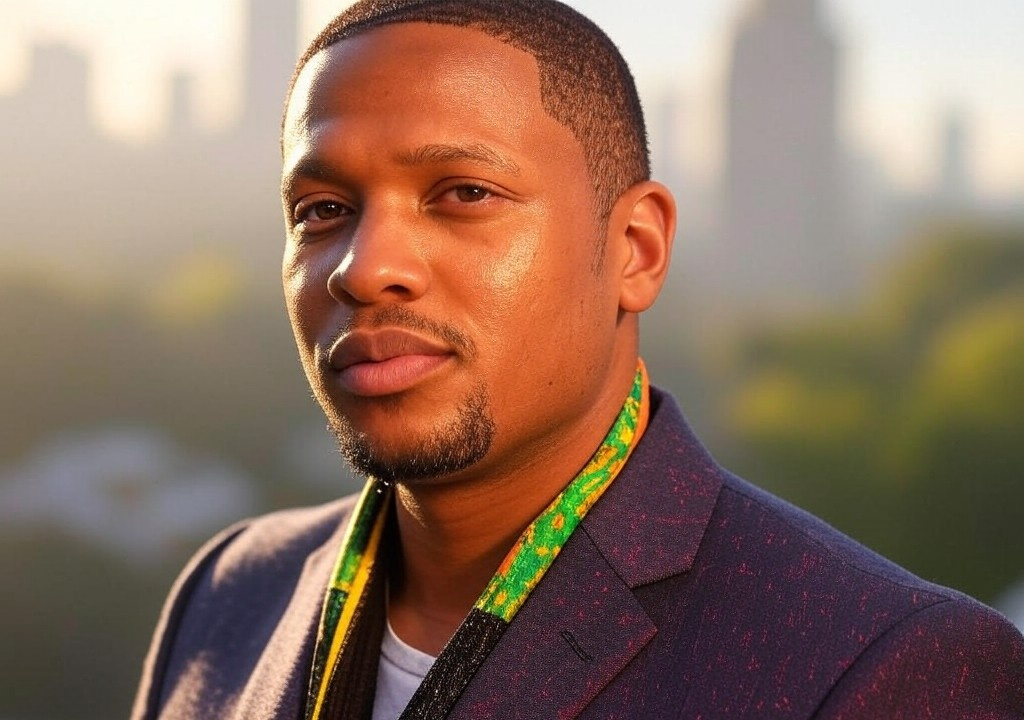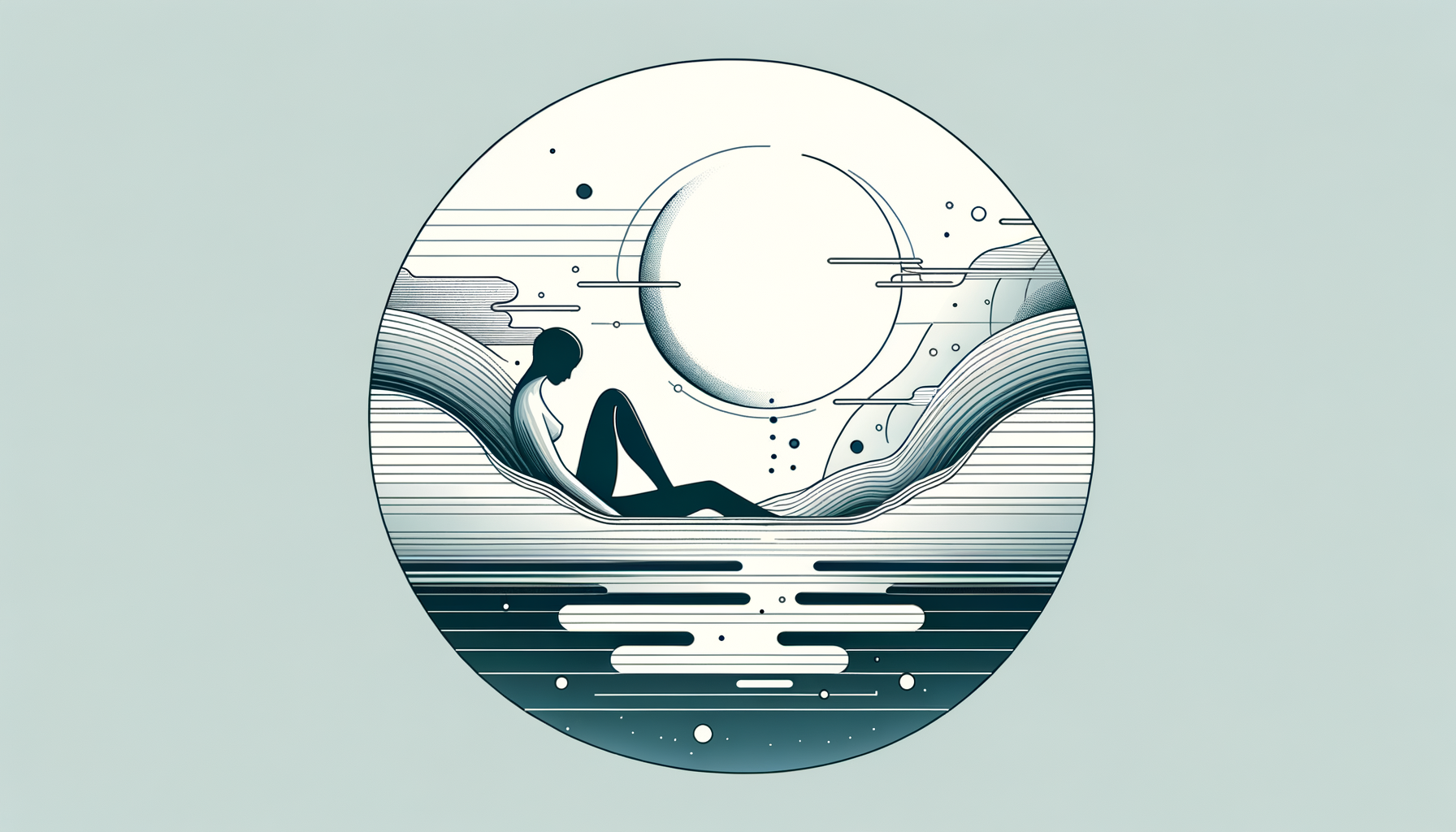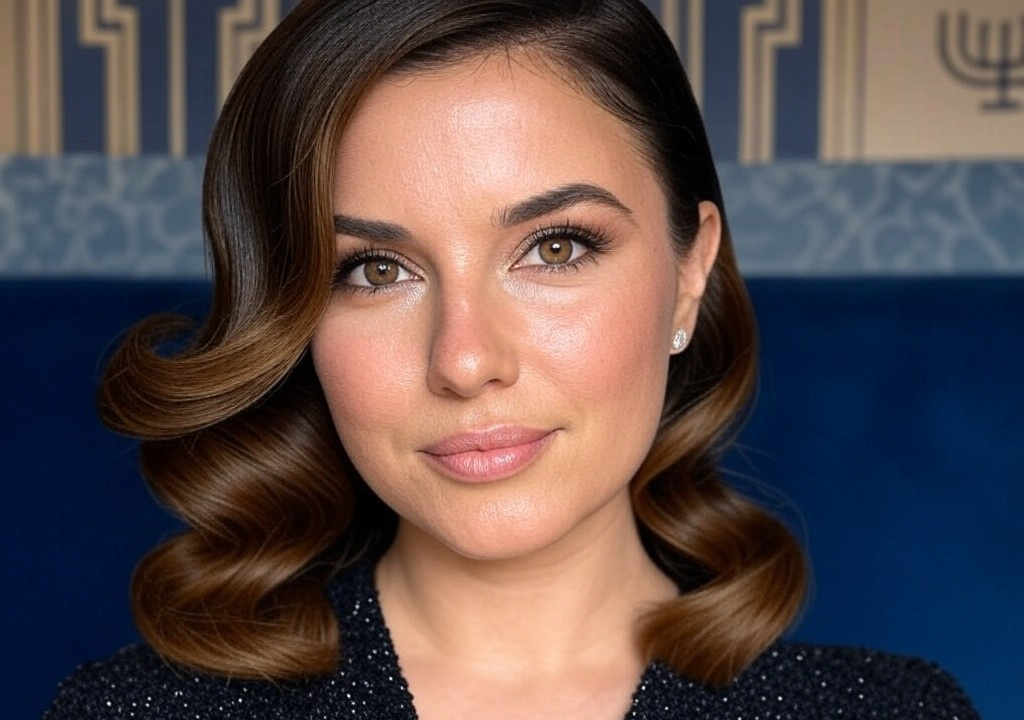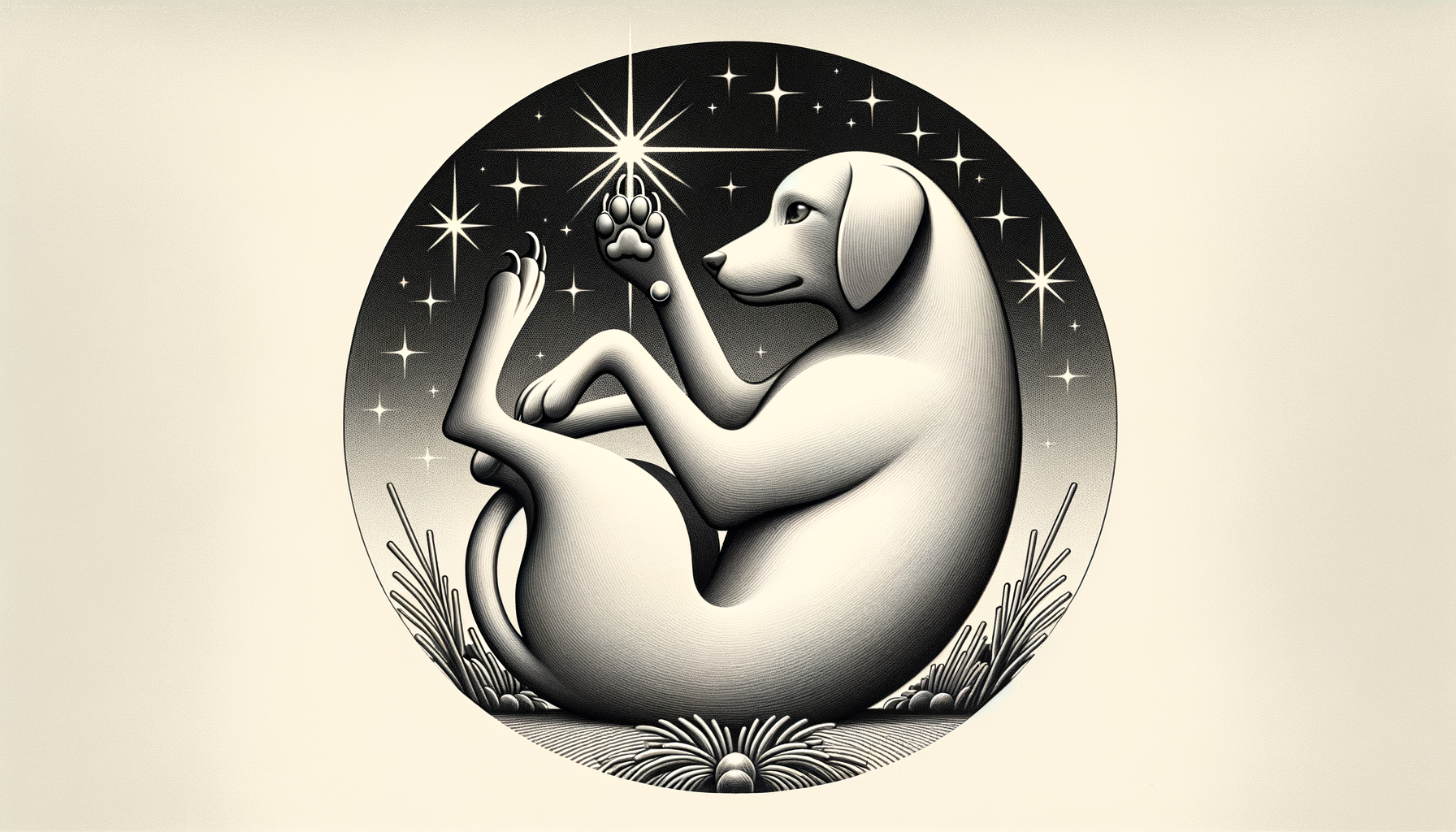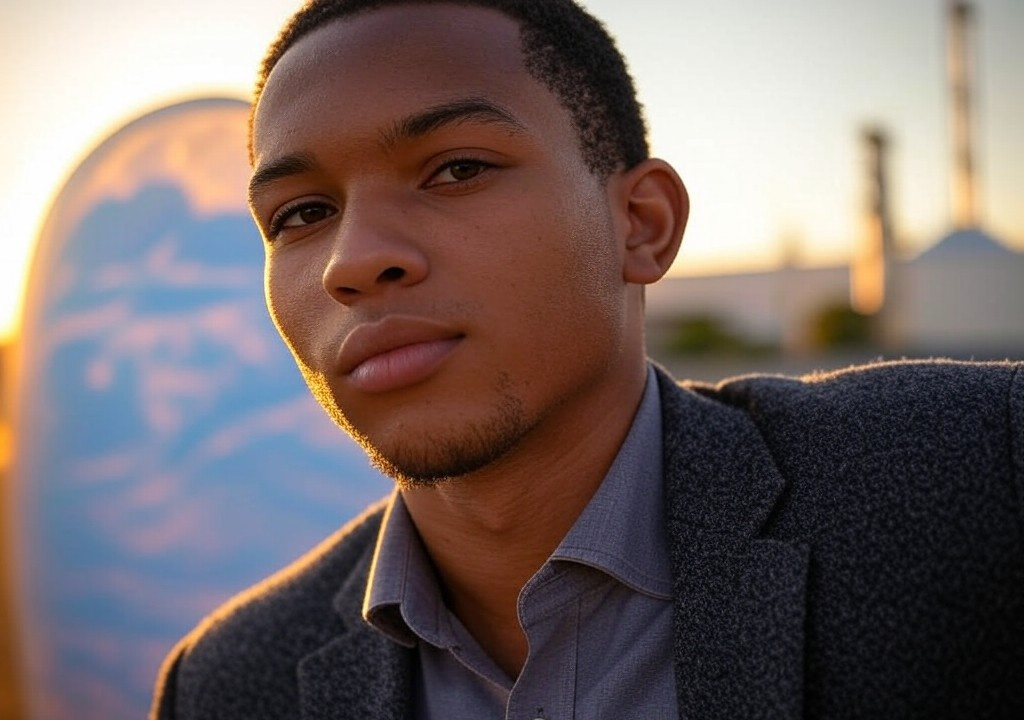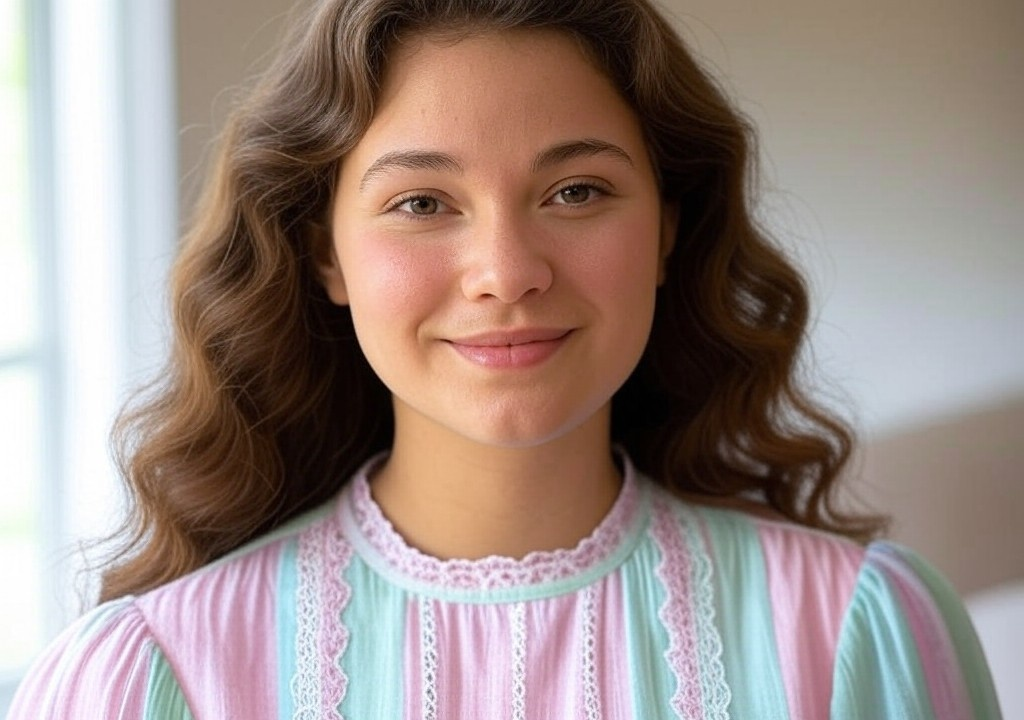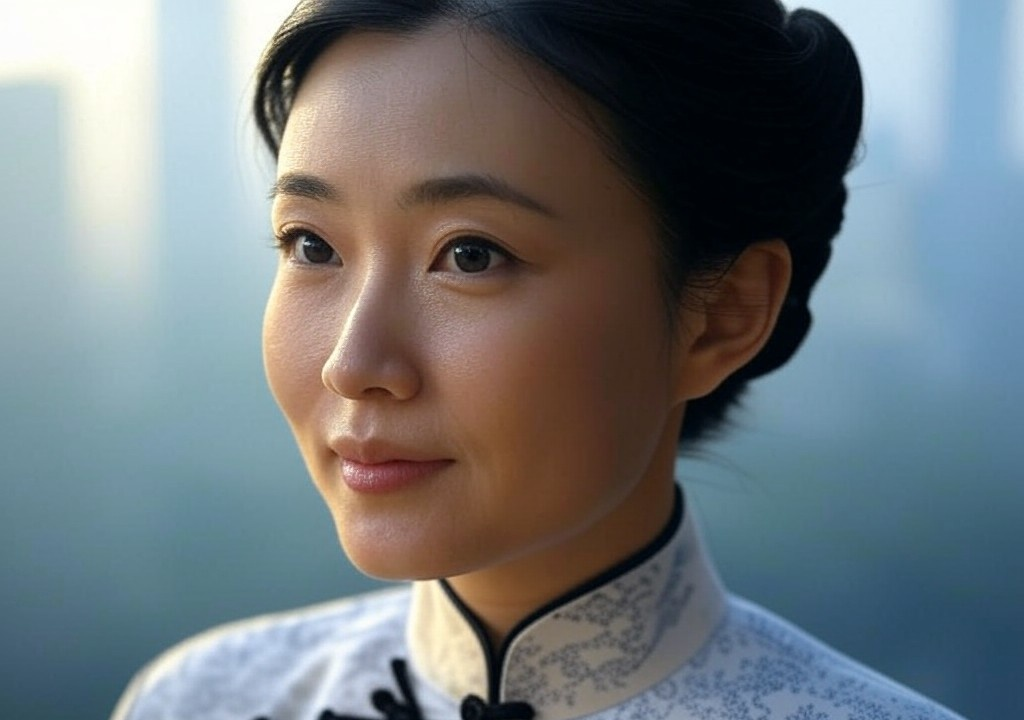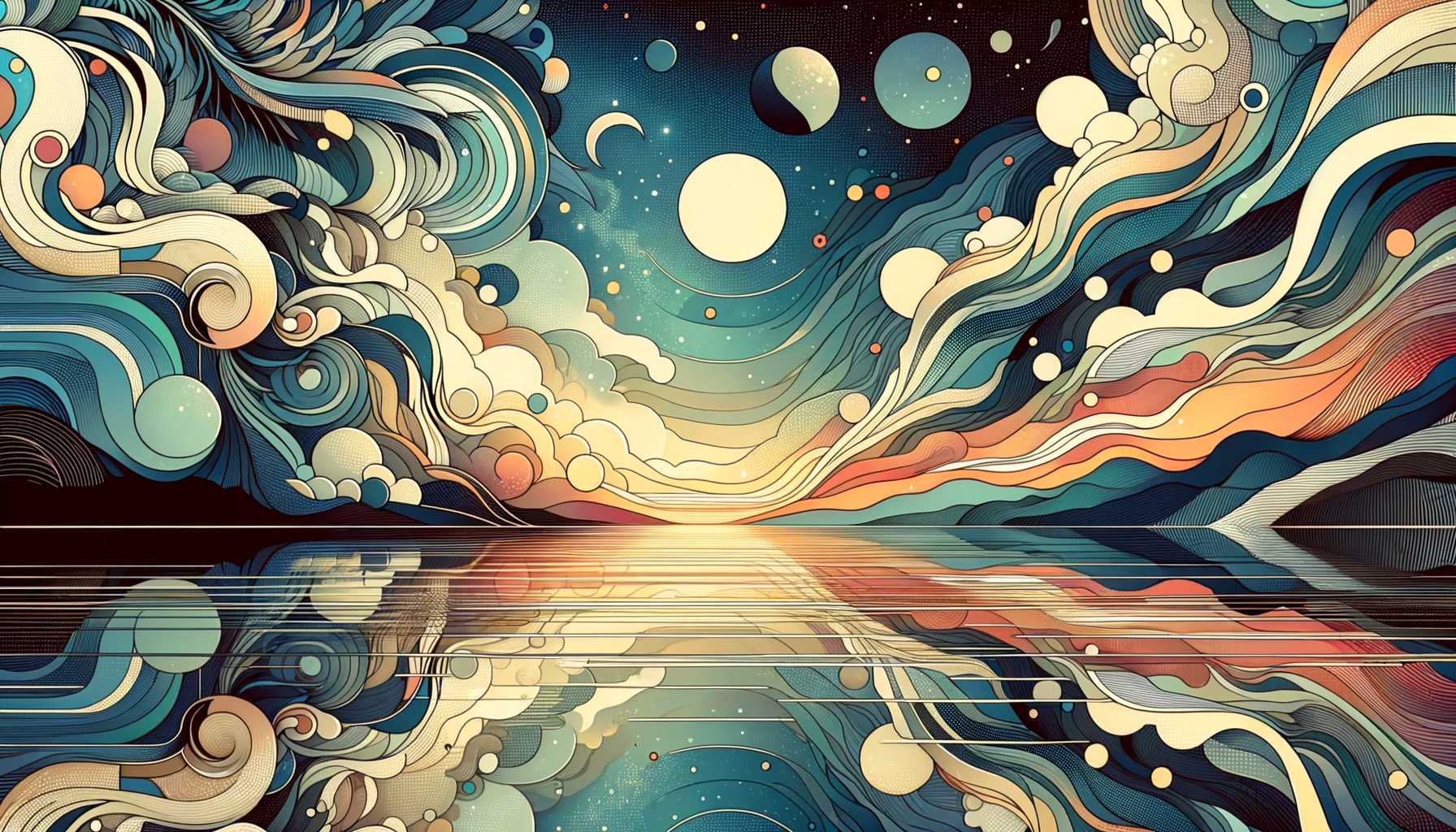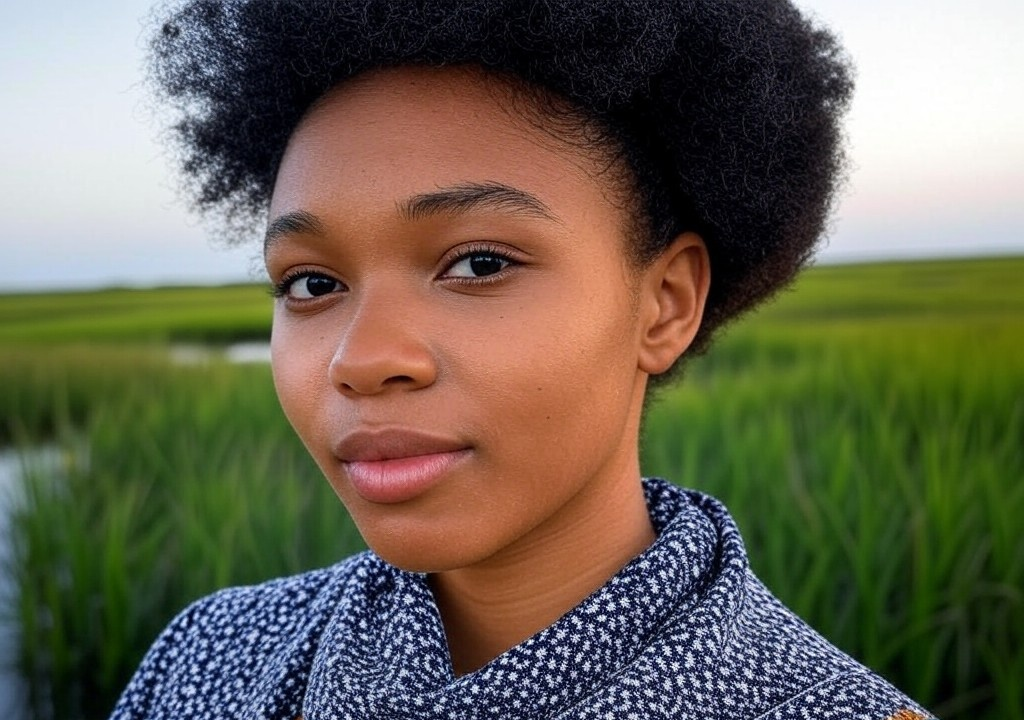If life were a movie, mine would probably be one of those indie flicks set against a stunning outdoor backdrop—full of sweeping mountain views, introspective voiceovers, and the occasional awkward-but-endearing love scene. Think Into the Wild meets When Harry Met Sally with a bit more flannel and fewer life-threatening mistakes. Naturally, I’d cast myself as the reluctant-but-hardworking protagonist, but the real fun lies in figuring out the supporting cast. Who plays your best friend? Your ex? That one coworker who inexplicably shows up for comic relief? Let’s dive into my hypothetical cinematic universe (Trent Cinematic Universe™, if you will) and see what it reveals about the journey from flirtation to familiarity.
Opening Scene: “Man vs. Wild,” But Make It Relatable
Picture it: a cabin on the shore of Lake Tahoe, dappled in morning sunlight. A young kid with a mop of untamed hair helps guests at his parents’ lodge navigate trail maps, sensing that what they really need isn’t just directions, but encouragement. Cut to college years: the same kid, years taller, deep into environmental field research while awkwardly crushing on a girl who only dates drum circle guys. Later, we zoom through years of wilderness adventures, corporate meetings disguised as campfire chats, and late-night writing stints powered by black coffee and Neil Young records. This is where we meet current-day me: still wandering the woods in my downtime, still fascinated by the intersections of human emotion and nature’s indifference, and still navigating the Great Dating Experiment.
I mention all this because your setting shapes you—and, in turn, your relationships. Mine taught me the value of conversation that matters (forest rangers don’t do small talk), how to read between the lines of what someone’s saying (and not saying), and why a shared silence on a mountaintop can mean more than hours of dialogue. In short, Lake Tahoe gave me the skills to direct my own story. Now, I just need the perfect cast.
The Lead Role: Everyman, Slightly Scruffy
Now, if I’m imagining myself in this movie, my role falls somewhere between “thinking man’s heartthrob” and “the guy you’d bring to Thanksgiving to charm your grandma.” Personality-wise, I’d probably be played by someone like Jake Johnson from New Girl. Scruffy, sarcastic, and just soft enough beneath the humor to make you root for him. I mean, every great rom-dram needs a guy who wears his heart on his sleeve... while cutting firewood.
A pivotal scene in my movie? Getting out of my comfort zone. Whether it’s fumbling through a first date at a trendy city restaurant (I thought couscous was a nickname for lentils) or explaining why I live two hours from civilization during a chance encounter at a conference in Seattle, there’s something continuously funny about being a wilderness guy in spaces that demand I slick back my hair and talk about mortgages.
But a movie isn’t made by one actor, nor is life shaped just by your own monologues. It’s the supporting cast that brings out the truth—and hilarity—in your story.
Supporting Characters: The People Who Color Your World
The Best Friend: Comic Timing and Campfire Wisdom
Everyone needs a classic best-buddy role: the person who isn’t afraid to roast you while giving sage advice. In my movie, this would be a mashup of Jason Bateman and all the sarcastic wisdom of a National Park trail guide. Maybe it’s a childhood friend who stayed in town—or one of the long-term seasonal workers up at the lodge. This character’s job? To call me out on my occasional overthinking (“You spend too much time trying to interpret texts—read them like trail markers: you’re either on the path or you’re not”) and to remind me when it’s time to act, not reflect.
The Ex: A Plot Device Who Keeps You Honest
Ah, the Ex. Let’s throw in a Reese Witherspoon-type vibe—charming, capable, and with enough shared history to keep the audience (and me) wistful. We’d have a healthy back-and-forth that’s less about lingering feelings and more about what we learned from each other. Think of one of those flashback montages where young Trent, oblivious to the value of communication, bungles an argument about weekend plans. Relationships are the truest mirrors, and this character’s role is to serve as one of those pivotal life lessons: you can’t shortcut the hard parts.
The Love Interest: The Plot Twist You Didn’t See Coming
Cue the meet-cute: maybe we bump into each other on a trailhead, her backpack’s straps speckled with pine needles. Or maybe it’s something more mundane—a frank conversation while waiting for coffee at a local roastery. Either way, she’s the unexpected dynamo to offset my steady mountain-man energy. Florence Pugh could nail this role, with her ability to toggle between fierce independence and genuine warmth. She’d challenge my assumptions, like when I automatically think “winter in Tahoe” always translates to layers and snowshoes (turns out, not everyone considers ‘gore-tex’ a romantic aesthetic).
This character’s lens would help transform my story from being solely about self-reliance to understanding that life’s better shared, even if that means reconciling two wildly different ways of looking at the world.
Special Guest Appearance: Lake Tahoe As a Character
You can’t set a movie in Lake Tahoe without making the landscape a character in its own right. My trusty, evergreen sidekick, providing the perfect backdrop for tender moments and introspective laps around the shoreline. But here’s the twist: the lake serves as more than scenery—it always reflects back something you're missing. Whether it's the still water before sunrise or a storm rolling in, it’s a grounding reminder to slow down and stay present—a quality that seems to carry over into my approach to relationships.
That’s probably why I gravitate toward dates involving active, shared experiences—think kayaking, snowshoeing, riverside picnics. (Bonus: If a date can handle a broken s’mores stick without a meltdown, things are looking up.)
Life, Adapted for the Screen
If you think about it, imagining your life as a movie is a chance to reflect on your narrative arc so far—acknowledging the highs, dissecting the lows, and crafting a sense of humor to carry you through all of it. Seeing yourself as both the director and lead actor is an empowering way to take charge of your choices, romantic and otherwise.
So, if you’ve never stopped to mentally cast your movie, try it out. Who would voice your inner dialogue? Who’d steal the scene as your first mentor? Most importantly, what role will your future love interest play—co-star, sidekick, or something in between? Thinking through these dynamics can help you clarify what you’re looking for in the story you’re still writing.
Closing Credits: Write (And Rewrite) Your Script
In the end, our movies aren’t pre-written scripts. They’re improvised as we go, full of missteps and scene-stealing surprises. If there’s one thing life in the mountains has taught me, it’s that adaptation is survival. Sometimes the trail ahead gets muddy, or the summit is obscured by clouds—but isn’t that part of what makes the view worth it?
Wherever your story takes you next, embrace the quirky characters, change the setting when necessary, and most importantly, don’t forget to laugh at the bloopers. You’re the director here; make it a movie that’ll keep people watching—especially you.


